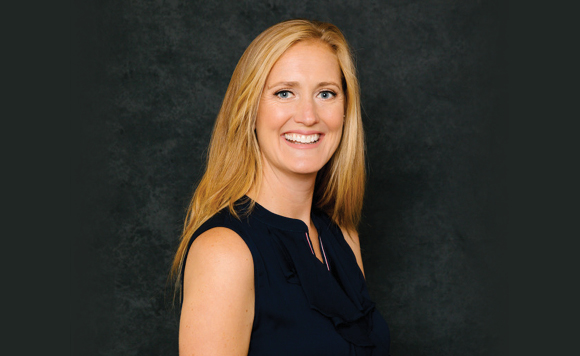by Ashley Ruffle, Financial Advisor, Raymond James –
In past years, much has been made of retirement savings plans designed to generate a high percentage – as much as 80 percent – of an investor’s pre-retirement working income. This assumes that your retirement spending will be a slightly lesser version of your peak earning years, which may not be the case. Recent surveys indicate that boomers are now looking for a simpler, less expensive retirement lifestyle than the previous generation.
Where Does the Money Go? Now and Then
Making a list of current living expenses is a good way to begin the planning process. Assume that basic monthly household and living costs will be roughly the same in retirement. A spending forecast should anticipate new costs. These include medical expenses no longer covered by the employer, travel and vacation plans, and other lifestyle considerations. Also, this exercise should reveal areas where living costs and expenses will come down. A mortgage-free retirement alone can substantially reduce the cost of living in retirement.
Where Will the Money Come from?
Would-be retirees can produce an income stream by combining a variety of retirement resources.
Canada Pension Plan and Old Age Security. Most working Canadians are already saving for their retirement through their payroll deductions to these government programs. You can take a reduced pension as early as age 60 or begin receiving an increased pension after 65.
Registered Retirement Savings Plans. After the age of 71, your RRSP is usually rolled over into an annuity or a Registered Retirement Income Fund (RRIF). An annual withdrawal from the Fund is mandatory and fully taxable. A RRIF can be managed like any investment portfolio throughout retirement to replace a portion of the withdrawn funds and keep ahead of inflation.
Tax-Free Savings Accounts. The savings and investment account can be used to invest in a variety of eligible securities. Principal and investment returns can accumulate and grow and be withdrawn without tax.
Think Ahead: Get Professional Planning Advice
For many people planning for their retirement, the big question is “How much will I need?” That’s where your savings and investment planning starts to take shape. And there are a variety of savings and investment options to choose from. A financial advisor can become a valuable person to talk with about putting in place a retirement plan that can add security and peace of mind to your future.




